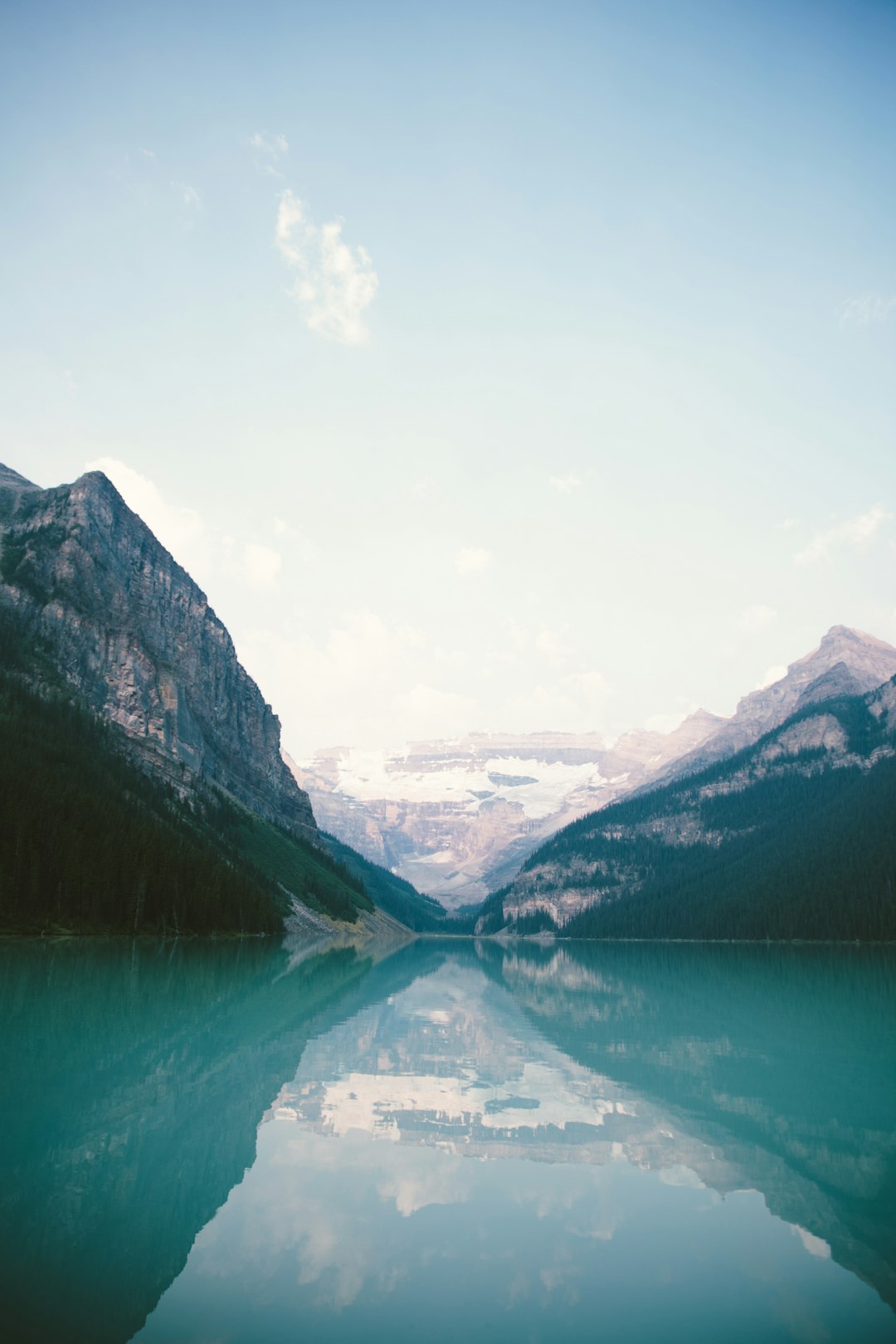
How to Prepare for Adventure Travel: A Comprehensive Guide
# Introduction. Adventure travel is an exhilarating way to explore the world around us, immersing ourselves in vibrant cultures, stunning landscapes, and physically demanding activities. It brings together those with a passion for exploration, discovery, and excitement. However, proper preparation is essential to ensure that your adventure travel experience is safe and enjoyable. This blog post will delve into the essential steps to take prior to embarking on your adventure, covering fitness training, gear selection, travel planning, mental preparation, and safety considerations. # Assess Your Fitness Level and Prepare Accordingly. Before you embark on an adventure travel journey, it is crucial to assess your physical fitness level. Activities may range from hiking in rugged terrain and climbing challenging peaks to participating in extreme sports like white-water rafting or scuba diving. Regardless of the level, a reasonable level of fitness should be maintained. To assess your fitness, consider engaging in exercises that align with the activities you plan to undertake. If your adventure involves hiking, incorporate walking on trails with elevation increases, focus on endurance activities like running or cycling, and include strength-training exercises to boost your physical stamina. Seek expert opinions, such as trainers or fellow adventurers, to create a tailored fitness plan to improve your capability for your specific adventure. # Gear Selection: Choosing the Right Equipment. Equipping yourself with the proper gear is vital for a successful adventure travel experience. First, research the weather conditions and environmental contexts of your chosen destination to ensure your gear is appropriate. For instance, lightweight, breathable clothing may be needed for tropical hikes, whereas insulated layers and waterproof gear will be essential for colder, wetter climates. Your packing list should also include specific equipment related to your planned activities, such as hiking boots, trekking poles, climbing harnesses, or snorkeling gear. Investing in high-quality, durable equipment can enhance your experience and avoid potential mishaps. Don't forget essentials like a reliable backpack, a first-aid kit, a multi-tool, and navigation aids, such as a map, compass, or GPS device. # Travel Planning: Itinerary and Logistics. Creating a well-organized travel itinerary is another critical aspect of preparation for adventure travel. Start by researching your destination, identifying key sites and activities that resonate with your adventure interests. When mapping out your itinerary, balance between scheduled activities and downtime, allowing for rest and recovery after your action-packed adventures. Consider transportation options within your destination. Research local transportation methods, including public transit, rental options, or guided tours that take you to thrilling outdoor activities. Ensure your accommodations are centrally located to minimize transit times and maximize the adventure of your trip. Additionally, familiarize yourself with local customs, regulations, and safety information related to your planned activities. # Mental Preparation: Cultivating a Growth Mindset. Adventure travel can sometimes present unforeseen challenges, making mental preparation just as crucial as physical readiness. Adopt a positive growth mindset and stay open to new experiences. Embrace the unpredictability of adventures, understanding that not everything will go according to plan. Building resilience and adaptability will allow you to maintain a sense of adventure when faced with obstacles. Practicing mindfulness techniques, such as deep breathing exercises or visualizing success in your planned activities, can improve your concentration and help steady your nerves. Developing a supportive network of friends and fellow adventurers who share similar interests can provide motivation and confidence boosts when needed. # Safety Considerations: Prioritizing Your Well-Being. Safety cannot be overemphasized in any aspect of adventure travel. Ensure you are carrying appropriate insurance that covers various activities, specifically those that may be deemed risky, such as rock climbing or extreme sports. Also, familiarize yourself with the safety protocols and emergency contacts relevant to your destination, especially if traveling to remote areas. Before embarking on your adventure, take time to educate yourself on potential hazards associated with each activity. Always follow guidelines set by local authorities and adventure professionals, including tour operators or certified instructors. Prioritize safety by maintaining clear communication with your adventure group or guides and having contingency plans in place. # Conclusion. Proper preparation for adventure travel is an essential step in ensuring that your experiences are safe, enjoyable, and memorable. By assessing your fitness level, selecting the right gear, planning your travel itinerary meticulously, mentally preparing for challenges, and prioritizing safety, you are setting yourself up for an adventure filled with triumphs and incredible experiences. Get ready to embrace the thrill of discovery as you embark on your next great adventure. .









